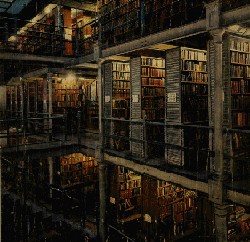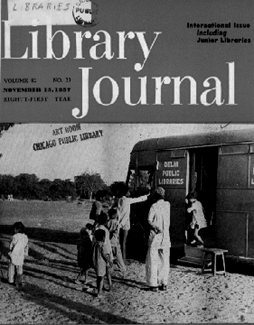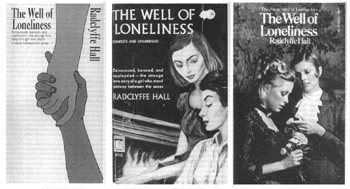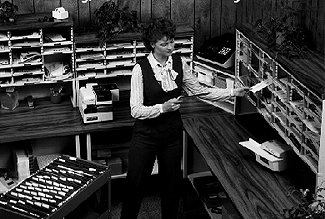AN ALTERNATIVE HISTORY:
NOTES ON THE RESEARCH PROCESS
Elisabeth Subrin
The File Room was produced by artists and as such does not presume the
role of a library, or an encyclopedia, in the traditional sense. Instead,
the project proposes alternative methods for information collection,
processing and distribution, to stimulate dialogue and debate around
issues of censorship and archiving. Links to other electronic archives
and databases internationally, as well as multiple accounts of the same
"incident" and a wide range of contributors challenge the File Room
visitor to make her or his own decisions about what constitutes an
"accurate" account of a censored work of art or historical incident.

Library Company of Philadelphia, organized by Benjamin Franklin, 1731
 New Delhi library van
New Delhi library van
Research was directed by the particular interests of individual
researchers with the aim of gathering a broad global and historical
diversity, as well as including submissions mailed, faxed and e-mailed to
Randolph Street Gallery from around the world. In the process, notions
about the role and authority of the archivist, the researcher, the
cataloguer, the author, were continuously challenged. In many instances,
the most dominant experiences of censorship are by their form
unclassifiable, such as the oppression of entire peoples, belief systems
and philosophies? How does one classify whole generations of art that
were not produced? How does one articulate the intellectual and artistic
repression of "minor" voices throughout history? Should case submissions
be placed on the World Wide Web server complete with typographical and
factual "errors?" Isn't language itself a form of censorship? We were
often overwhelmed, and predictably, found ourselves caught in the ironic
position of risking censorship as we create a database for the account of
it.

3 jacket page illustrations for "A Well of Loneliness," by Radclyffe Hall
Obviously, objectivity was out of the question. As information flowed
into Randolph Street from across the world, the different responses to
our submission form confirmed the necessity for a fluid database, one
that allowed for a range of interpretations as wide as the experiences
that informed individual submissions. Categories such as "grounds for
censorship" or "results of incident," or even "description of art work"
are thus intended to leave room for incredibly divergent accounts and
analysis. Certain critical cases may not yet be entered; other cases may
have been submitted several times by different people. To some users, The
File Room will seem deviant in its resistance to traditional systems of
data collection; a shifting, seemingly "messy" record of cultural
experience. But perhaps it is this deviance that allows other critical
questions to emerge. With these initial 400 cases, The File Room invites
you to add your own experiences, or share the information of another
"author." In this form, The File Room seeks to present an alternative
record of censored cultural expression and its global documentation.

Flexible Sorters, print advertisement
 Table of Contents
Table of Contents
 Publication Table of Contents
Publication Table of Contents
 Help
Help


 New Delhi library van
New Delhi library van 
